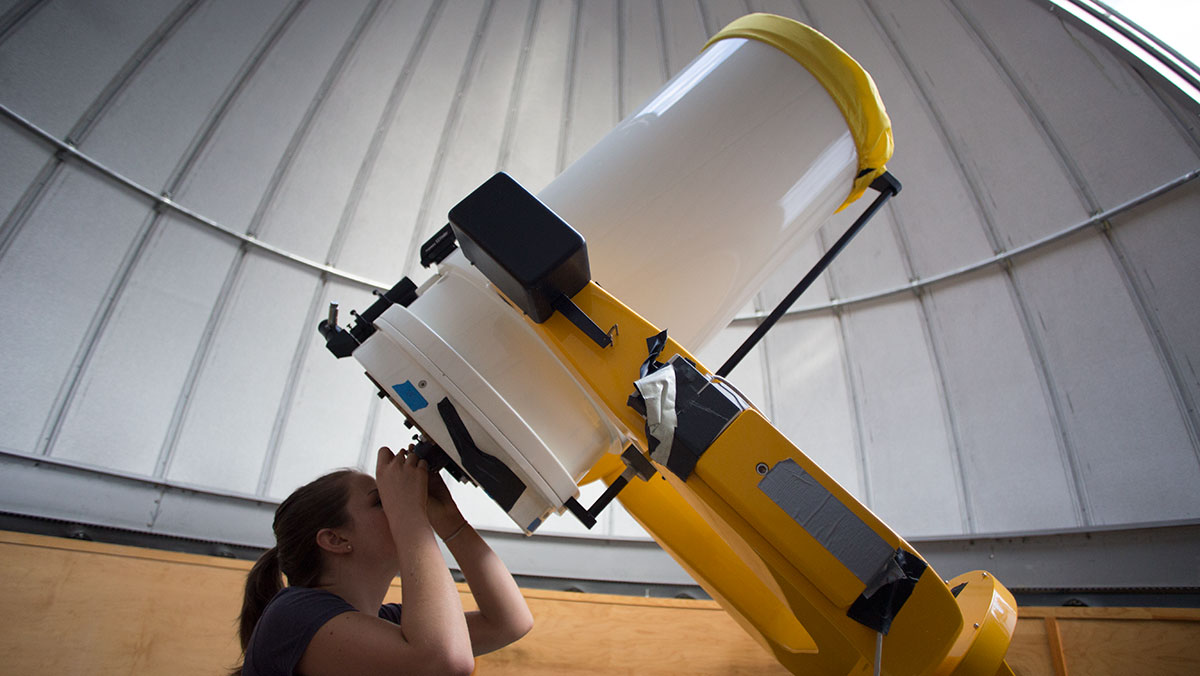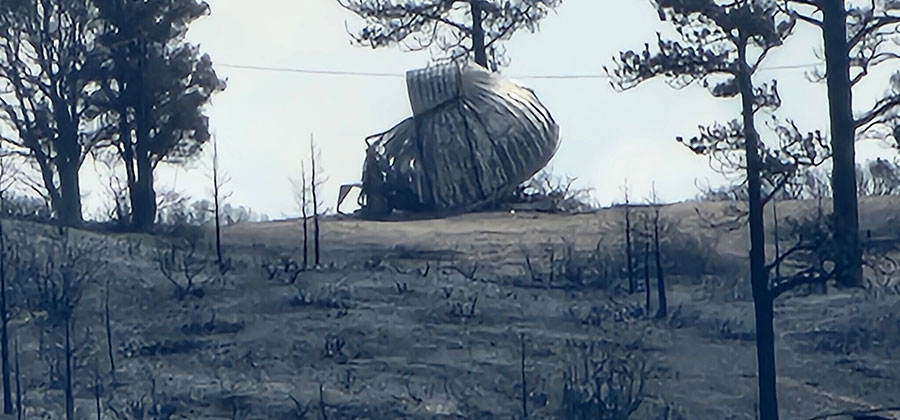Wildfires raging in California have destroyed the historic Clinton B. Ford Observatory. In the past, it was used to study variable stars.

The Clinton B. Ford Observatory was founded in 1965 by a group of amateur astronomers from the American Association of Variable Star Observers (AAVSO). They obtained a permit to build on top of Mount Peltier in the Angeles National Wildlife Refuge. There, at an altitude of 2,300, they constructed an observatory building with an 18-inch Newtonian reflector as the main working instrument.
In addition to studying variable stars, the Clinton B. Ford Observatory has also been used to observe comets, search for asteroids, and conduct educational activities. In 2012, it was taken over by the Los Angeles Astronomical Society (LAAS), which used it for recreational purposes and astrophotography.
Unfortunately, the observatory was ruined by the factors that made its location so convenient for sky observations — high altitude and remoteness from populated areas. The forest fire, which started on September 8, quickly spread to the surrounding area. On September 10, it reached the observatory building. According to the LAAS president, firefighters had no chance of reaching this isolated place. The fire destroyed the entire observatory. The published photos show the dome shell of the structure.

In addition to the observatory, the wildfire also destroyed 80 buildings and scorched 54,000 acres of forest. Fortunately, there were no casualties. Firefighters managed to evacuate all local residents in time and saved more than 99% of their homes. By September 30, the forest fire was almost completely localized.
This is not the first time that an astronomical facility has become a victim of a wildfire. In 2022, for example, a fire destroyed four buildings of the Kitt Peak Observatory.
According to skyandtelescope.org


